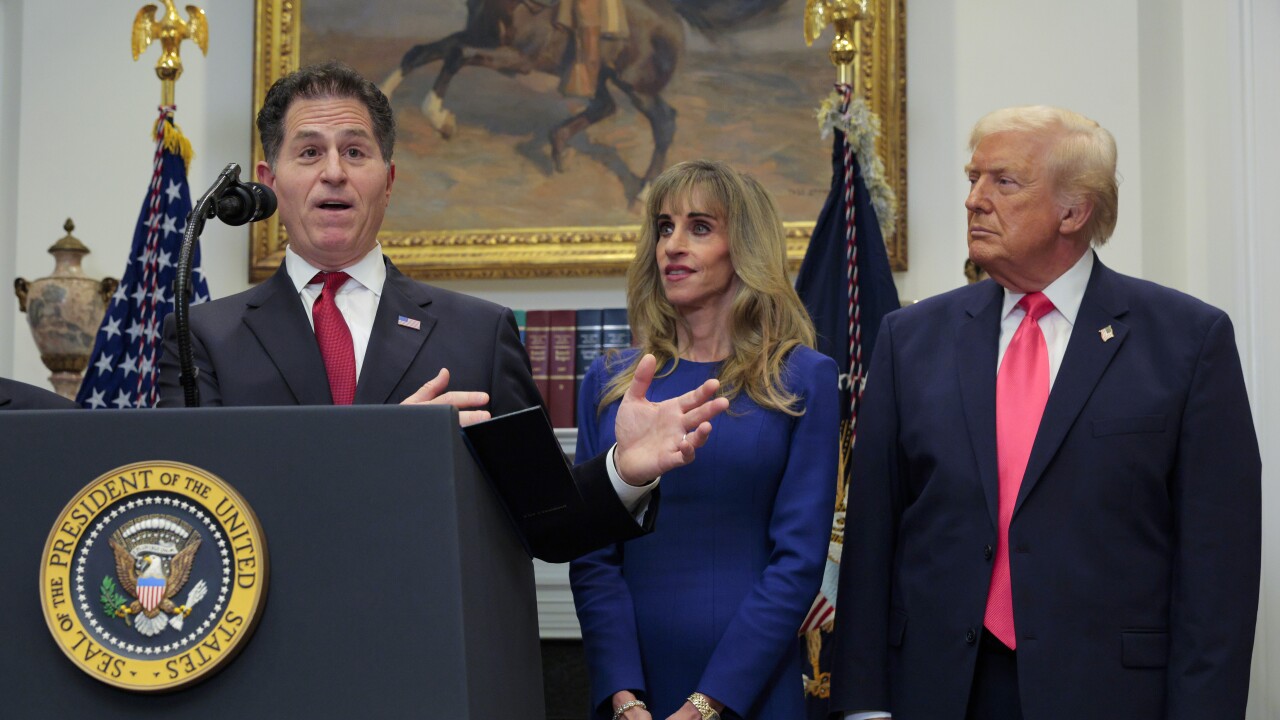We live in a time of enormous change, challenges and opportunities. Accounting firms worldwide are thinking about redesigning their organizational culture and building a future-fit culture that cultivates lifelong learning, innovation, employees' well-being, diversity and inclusion, sustainability and responsible growth.
The firms that will succeed in such a fundamental change management process will be the ones that first support their partners, leaders and employees on the upskilling journey — helping them to acquire the skills of the future. For example, we can't build a future-fit culture that fosters innovation and lifelong learning without ensuring that partners and leaders possess sufficient imagination, growth mindset, creativity and critical thinking (all these are future skills). Therefore, chief people officers must first lead a methodological upskilling process and then redesign the firm's culture. Skipping the upskilling process might prevent the firm's success regarding future-fit culture.
Below are six landmarks that chief people officers should go through while leading their firm's upskilling process:







